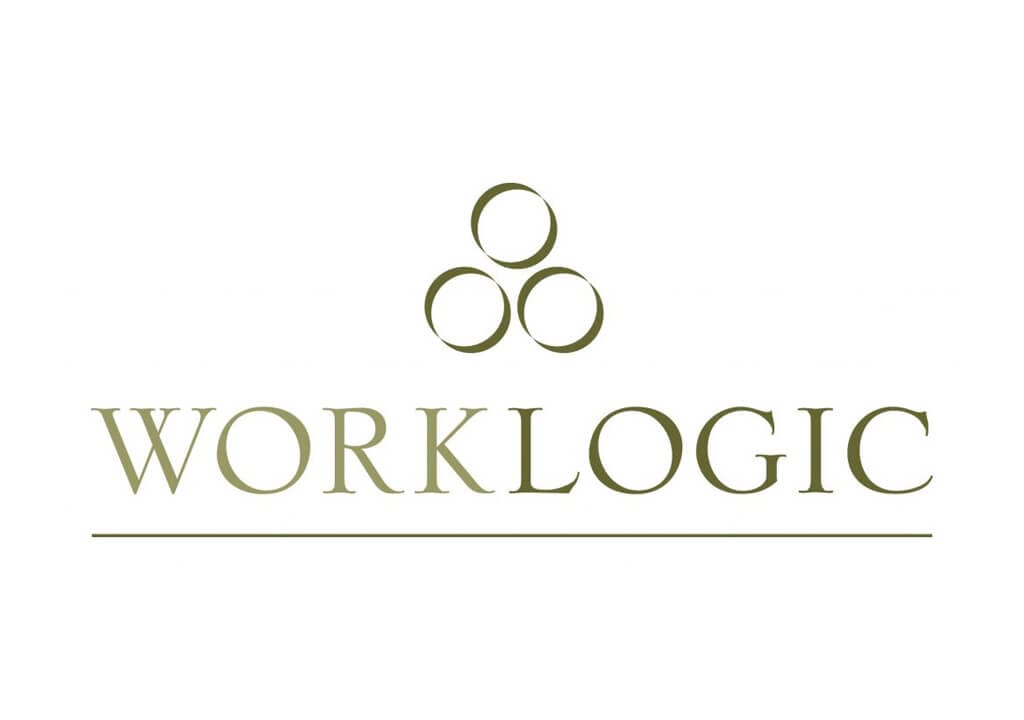One of the topics that we often discuss at Worklogic is the necessity of ensuring that all workplace investigations are carried out in a procedurally fair manner, and in particular provide natural justice to any person responding to allegations.
Looking at the bigger picture, however, it is equally important that before pushing the ‘formal investigation’ button, our clients ask themselves whether a formal investigation is really required.
In our view, this ‘triage’ step is critical in ensuring that an organisation responds to each situation on its merits, and does not ‘crack a nut with a sledgehammer’.
Given the potential disruption to staff as well as the often considerable time and cost involved in a formal investigation, while some situations will clearly require a formal workplace investigation, other situations may be adequately resolved with a less formal, and less invasive, intervention. These can include: mediation or facilitated discussion, but also other interventions similar to a formal investigation but less formal. For example, a preliminary assessment or a workplace review.
In order to clarify where your situation sits on the ‘spectrum of risk’ to the organisation and your people, and whether to a formal investigation is the most appropriate option, here are the key things to consider:
1. Seriousness of allegations
- Is it possible that your organisation may terminate the employment of the respondent, if the allegations are proven?
- Is the complainant or respondent very senior in the organisation?
- Would the alleged conduct be a serious breach of your policies, if it did take place?
- Would the alleged conduct be a breach of any law or other enforceable rule of conduct, if it did take place?
Generally speaking, a workplace investigation will be required where the allegations are of such seriousness that, if they were proven, they would likely breach an organisation’s policies or an external law, and therefore necessitate some sort of disciplinary action against the person responding to the allegations.
In such a situation, you will need a formal investigation prior to taking disciplinary action, as the findings that result will have been made in the context of providing procedural fairness and natural justice to the employee. Without this, any disciplinary action (or decisions that affect an employee’s rights) will be open to challenge.
There are other situations in which a formal investigation may be advisable, for example if you need an undisputed factual understanding of a situation before taking further action or planning.
In some situations, a workplace review may be sufficient for this purpose, the difference being that no ‘findings of fact’ are made in a review. Instead, anonymous feedback of employees is summarised in a report, which refers to ‘perceptions’ or ‘observations’ of the employees.
2. External Stakeholders Implications
- Could the alleged conduct have broader implications for the organisation (such as, needing to contact customers or other external stakeholders), if it is found to have taken place?
- Could the organisation be required to report its handling of the matter to outside regulators, such as accreditation bodies, ombudsmen or auditors?
- Is the Board of the organisation (or other senior stakeholders such as a government minister) interested in the outcome?
- Are there other external reasons (such as political reasons, relationships with stakeholders or contractual requirements) why the organisation should take a formal approach?
Even if it is unlikely that you will need to take disciplinary action against an employee, other factors may lead you to the conclusion that a workplace investigation is a good option. For example, it may be that the appearance of taking serious action may be as important as the actual need to take action.
This can occur where, for example, external stakeholders are taking a keen interest in how your organisation responds to the incident in question. In this situation, it may not be a ‘good look’ for your organisation to take less formal action.
3. Values Implications
- Does the organisation want to send a clear message to employees that this sort of alleged misconduct will be taken seriously?
Finally, the organisation may wish to send a clear ‘zero tolerance’ message to its employees. In this situation, even if the allegations do not appear to be overly serious, the benefit of a formal investigation is to draw a line in the sand and send a message to employees, both that the organisation takes its behavioural standards seriously, and that it will act on any alleged infringements quickly and fairly.
Workplace Investigations Book
The need to triage complaints (including a comprehensive ‘Spectrum of Risk Checklist’) is discussed futher in the second edition of Worklogic’s Workplace Investigations book, recently published by Wolters Kluwer and is available for purchase for $90 (ex GST). Blog readers can used the code WORK20 when purchasing to save 20%!
It is also covered in Worklogic’s one day ‘Conducting Effective Workplace Investigations‘ training which will be held on March 20 in Melbourne.
About Tom Henry
 Tom Henry is a Senior Investigator at Worklogic.
Tom Henry is a Senior Investigator at Worklogic.
He understands the value of clear analytical thinking, concise and powerful communication skills, excellent client service and effective case management.
Tom has led numerous challenging, highly technical workplace investigations in a variety of sectors and has seen first-hand both the power of social media and the damage it can do if used inappropriately.
Subscribe to the Worklogic blog to receive expert advice on resolving workplace complaints and building a positive culture at work direct to your inbox each week!



